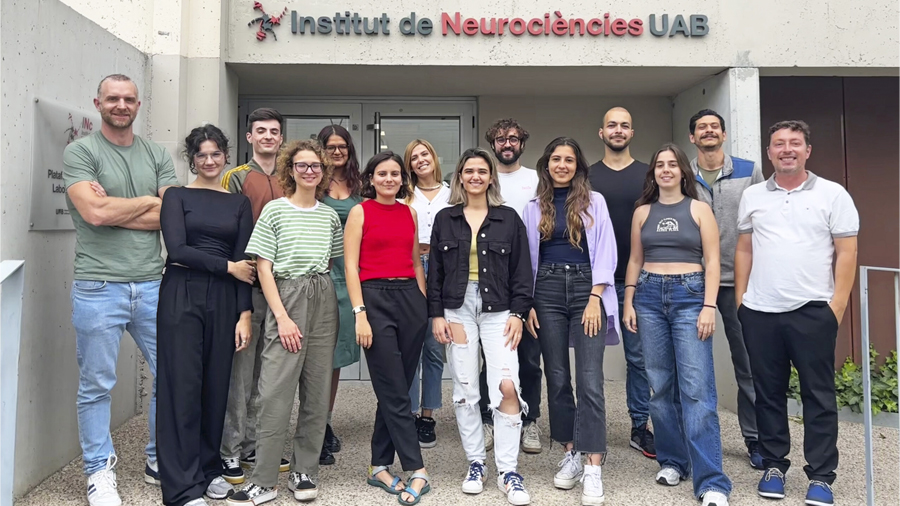Men and women process memory in different ways
The Translational Mechanisms of Fear Memory Lab, at the Institut de Neurociències (INc-UAB), described in an article published in Science Advances the detection of new neuronal circuits involved in fear memory that differ in males and females. These findings have profound implications in understanding human neuropsychiatric disorders, such as post-traumatic stress disorder (PTSD), which exhibit fear memory alterations.

Fear is an emotion that is elicited when exposed to danger. Different neuronal circuits are involved in encoding, storing, and retrieving environmental threat-predicting cues, forming the basis of what is known as fear memory. However, the neurobiology behind these processes remains unclear.
A study carried out by the Translational Mechanisms of Fear Memory Lab led by ICREA Professor Dr. Andero, at the INc-UAB, explores the role of a neuronal pathway called Tac2 and the functional connectivity of two different brain areas: the centromedial amygdala and the bed nucleus of the stria terminalis.
By employing chemogenetics, optogenetics, electrophysiology and in vivo calcium imaging techniques in freely moving mice (Miniscopes), the researchers were able to manipulate and observe these neuronal circuits in mice, showing that functional connectivity between the centromedial amygdala and the bed nucleus of the stria terminalis is essential for fear memory consolidation in male mice, but not in females.
To corroborate this phenomenon in healthy humans, they analyzed data with functional magnetic resonance imaging, postmortem brain tissue and a fear task in men and women while taking into account a certain genetic variation of the Tac2 receptor. Results showed that this genetic variation reduces the functional connectivity between these two brain areas, showing that memory consolidation when performing a fear task was impaired in men, but not in women.
These findings, built upon previous research carried out by Dr. Andero’s research group, which identified sex-specific effects of Tac2 in the centromedial amygdala, are relevant to design treatments for neuropsychiatric disorders with fear memory alterations, such as post-traumatic stress disorder. This study also addresses the underrepresentation of female samples in preclinical research and aims to bridge the gap in understanding sex differences in fear memory processing at both molecular and behavioral levels.
The insights gained from this research could help find more effective, personalized treatments for neuropsychiatric disorders.
The Translational Mechanisms of Fear Memory Lab was funded by: CIBERSAM, ERANET-Neuron JTC 2019 ISCIII AC19/00077, Fundacion Koplowitz, 2022 Leonardo Grant for Researchers and Cultural Creators BBVA Foundation, RETOS-MINECO PID2020-112705RB-I00 “ERDF, A way of making Europe”, La Caixa HR22-00737, and Supported by Red Española de Investigación en Estrés/Spanish Network for Stress Research RED2022-134191-T, financed by MCIN/AEI/10.13039/501100011033.
Reference: Antonio Florido et al. «Sex differences in neural projections of fear memory processing in mice and humans». Sci. Adv. DOI: 10.1126/sciadv.adk3365